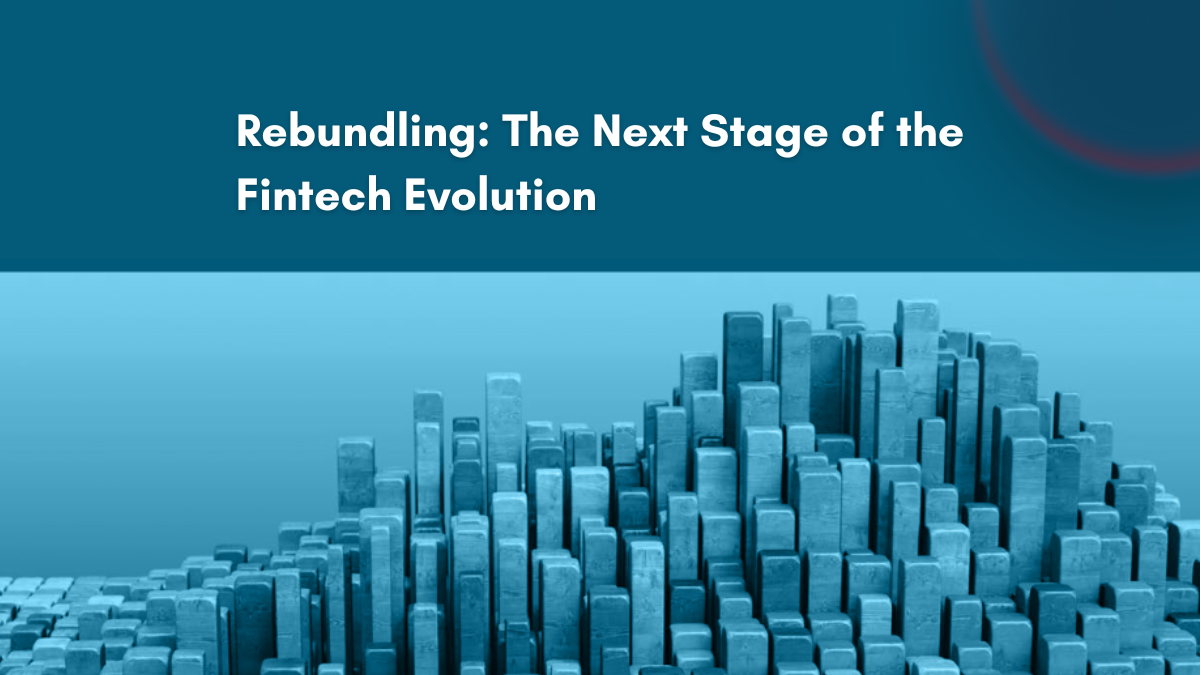The next stage of the fintech evolution is rebundling.
At the core of the industry, the catalyst for fintech evolution has continued to be disruption and innovation, but not one banking or financial services issue can simply be resolved with only disruption or innovation.
After the global financial crisis of 2008, it would have been unusual to have more than one or two banking relationships.
However, the emergence of an open playing field, and with the application of the Second Payment Services Directive – more commonly known as PSD2 – across Europe, non-financial businesses were able to leverage open banking and open finance initiatives to offer financial services directly to their customers.
This, in turn, widened the competition and resulted in the birth of fintech businesses that each focused on attacking one part of the banking value chain – be it payments, lending, FX, or another type of offering. Slow, complex, and expensive processes were no longer the status quo; and alternative players started to
disintermediate the incumbents.
These new entrants increasingly became popular because of their intention to improve customer experience and provide better products and services than the banks could – and in many cases, disruptors were both better and cheaper than the banks.
Further to this, new fintech channels and platforms have become viable competitors to traditional players, tempting consumers away from the institutions they trust in favour of better user experiences. Now it is not unusual for people to have up to 15 financial apps downloaded on to their phone.
According to S&P Global research included in the McKinsey Retail Banking Survey, fintech companies “have grown from a sideshow to the elephant in the room for banks. By engaging customers in their daily lives to solve specific financial needs with a distinctive experience while delivering back useful customer insights with advanced analytics, these digital companies have gained customers by the millions and a rapt audience of investors attracted to their compelling growth story.”
As shown in the diagram below, in the United States, roughly 40% of retail clients are already banking with a fintech or a Big Tech. In Western Europe, this penetration is at 30%. “The main reasons to bank with fintechs are price and customer experience—more precisely easy access, speed of service, and app features. In the United States and the United Kingdom, these providers represent 3 to 5% of banking revenues,” the report explained.
Please fill out the form to access the content
Resource Sponsored By


